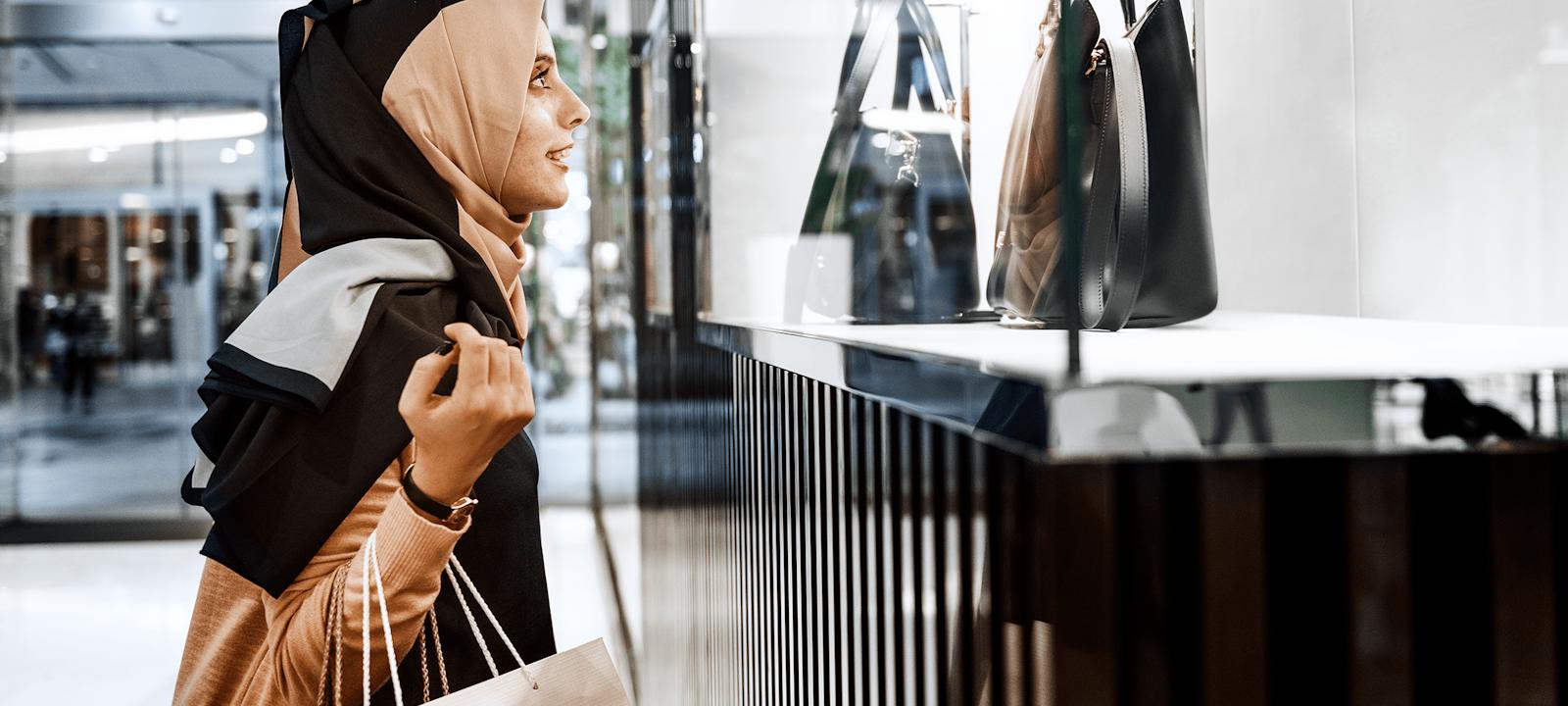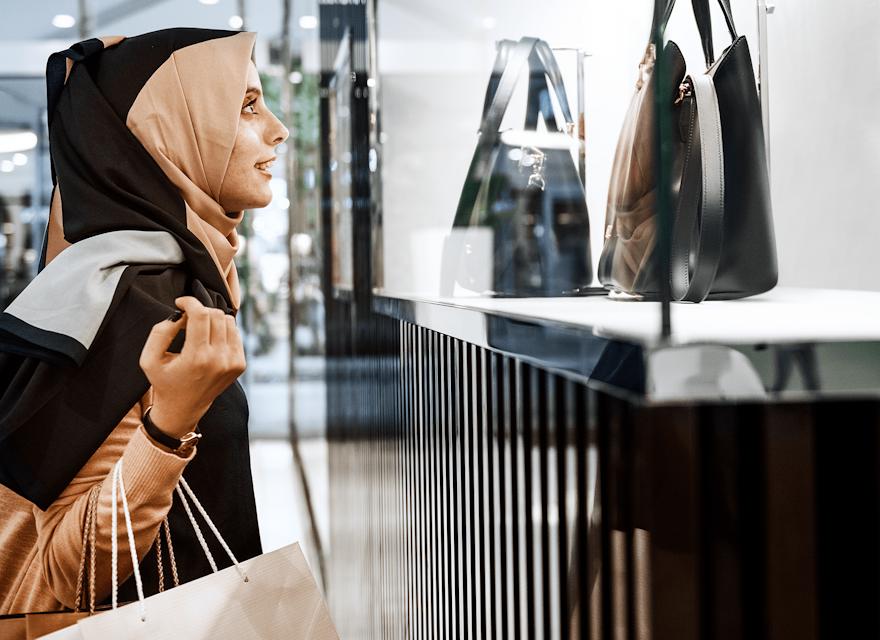Tapping into unfamiliar worlds may be a daunting task but becoming a household name and being accepted into the cultural fabric of foreign countries makes it all worth it. Expanding internationally is a step in the right direction for most as 66 percent of the world’s top 250 retailers—which have a revenue of at least $3.5 billion—have foreign operations, according to the STORES Global Power of Retailing report.
When expanding a brand globally, the first thought of a successful company may be to reuse the methodology that brought it success in its country of origin. But the right approach goes beyond that.
Balancing Operations and Localization
When entering new markets, retailers must acknowledge that there will always be varying languages and dialects—and most importantly, behaviours driven by the cultural settings. These behaviours will ultimately affect the consumers’ wants, needs and expectations. It is necessary for retailers to present themselves accordingly to ensure that consumers will have the best possible interactions with them and accept this new brand in their homes. In fact, Forrester reports that 49 percent of global retail and wholesale business and technology purchase influencers regard improving customer experience as a critical business priority for their firms—second only to increasing revenue. Still, some brands continue to ignore the impact of strong localization strategies, or lack thereof, on customer experience.
 Doug Stephens, Futurist and Founder of Retail Prophet, told RETHINK Retail, “Culture is a significant part of branding strategy, and we know that because we also know that many companies have failed to take culture into account when they’re putting together international strategies.” He continued, “the failure to properly understand the nature of a culture has, in many cases, led to a catastrophic miscalculation.”
Doug Stephens, Futurist and Founder of Retail Prophet, told RETHINK Retail, “Culture is a significant part of branding strategy, and we know that because we also know that many companies have failed to take culture into account when they’re putting together international strategies.” He continued, “the failure to properly understand the nature of a culture has, in many cases, led to a catastrophic miscalculation.”
So, what is missing? It’s likely that missing pieces of the localization puzzle relate to knowledge gaps. In fact, a June 2019 CMO Council research report, Reshaping Global Engagement Operations, revealed that 82 percent of Chief Marketing Officers (CMOs) say local market intelligence is just “OK,” and 10 percent admitted to having “horrible local market intelligence.”
While those statistics are striking, it’s important to dig deeper into why companies are missing the localization mark at a time when our world is more connected than ever before. The research suggests that organizational structures could be part of the knowledge gap problem. Retailers and brands are struggling to strike a balance between the effectiveness of localization and efficiencies of centralization.
Tailoring Your Brand Story
Localization tactics include tailored brand stories. Today’s top global brands have taken careful steps to craft parallel stories under their overarching brand messages—stories for each market that may be similar but not identical. This brand-building process is structured from thorough research and strategy to create culturally-focused implementations of brand positioning, voice, appearance, and promotion.
Even if a culture may appear alarmingly foreign, understanding it and intertwining the brand’s story with the society’s story will deepen its relevance in the new setting and nurture trust with the new audience.
In an interview with RETHINK Retail, Stephens explained that brands should first study and appreciate aspects of a region’s culture, then engage with the elements in a logical and authentic manner.
“We can’t just assume on the surface of things that we understand what’s happening within a culture,” Stephens revealed. “It takes time on the ground and time to iterate within a given culture, and retailers need to be prepared to go into international engagements with a tremendous degree of flexibility.”
 Market research allows retailers to determine if their offerings are relevant to the society. This research also prepares retailers to invest in educating consumers who may not be familiar with the offerings yet but would accept the introduction of a new concept, and potentially view the brand as a market pioneer.
Market research allows retailers to determine if their offerings are relevant to the society. This research also prepares retailers to invest in educating consumers who may not be familiar with the offerings yet but would accept the introduction of a new concept, and potentially view the brand as a market pioneer.
After overcoming the hurdles of initially exploring the new cultures, retailers are able to position themselves within a region’s cultural distinctions and associated consumer behaviour. Positioning a brand appropriately and with a deep understanding of a foreign market will lead to rewarding results.
Barilla pasta is positioned as an exotic ingredient in China, essential to a family brunch in Brazil, and a homage to Italian heritage in the United States. And while Honda represents speed and vivacity in Japan, in the U.S., it stands for reliability and quality—as quality should be a given in cars in Japanese culture.
Adidas’ Top City Strategy 2020, which began in March 2015, focuses on pushing its sporting goods brand in six major international cities including London, Paris, Shanghai and Tokyo. With the goal to double its sales by 2020. Its 2017 sales of $25.31 billion showed a sales growth of 18 percent and profit growth of 41 percent—along with an increase net income of 32 percent. And in the first six months of 2017, Shanghai alone made $1.1 million of revenue—surpassing Austria and Switzerland combined.
Opportunities in Every Corner
Aside from the significant factors of demand, competition, regulations and distribution, growth opportunities cannot be overlooked, including emerging markets that welcome new retailers that are willing to adapt. With comprehensive awareness of the new surroundings, retailers can shape their brands and be able to purposefully integrate into countries in different hemispheres.
The Chinese market currently provides KFC with more revenue than in the U.S., and by 2020, it will be McDonald’s second largest market. Additionally, China and India will have a larger GDP than the U.S. by 2050, becoming the only mature market among the world’s top seven economies, according to Forrester.
While only 25 percent of U.S. adults are influenced by fashion trends, urban consumers in China and India are very likely to be influenced by what is new and stylish—59 percent and 58 percent, respectively—and search and pay for the best brands to boost their image. Latin American societies in countries like Mexico and Brazil have high uncertainty avoidance, leading to more rigid, hierarchical societies. Consumer behaviour, however, leans toward seeking spontaneity and fun, juxtaposing self-expression with societal organizational structures.
 When it comes to downloading brands’ apps, urban consumers in Brazil, China, India and Mexico are more likely to engage than those in the U.S. Additionally, traditional elements in Asian growth markets do not prevent its consumers from continuous early digital adoptions. There are significant opportunities for digital-first brands to succeed at engaging with these audiences. Digital payments are prominent in these markets as consumers in China, for example, are twice as likely to use these methods than U.S. consumers.
When it comes to downloading brands’ apps, urban consumers in Brazil, China, India and Mexico are more likely to engage than those in the U.S. Additionally, traditional elements in Asian growth markets do not prevent its consumers from continuous early digital adoptions. There are significant opportunities for digital-first brands to succeed at engaging with these audiences. Digital payments are prominent in these markets as consumers in China, for example, are twice as likely to use these methods than U.S. consumers.
Apple, on the other hand, has been able to introduce its brand and products, and disrupt an array of industries, throughout the world without the need of a niche customer base. It has successfully shaped an emotional, borderless connection with its consumers by placing its vision behind every product it unveils.
Apple’s growth in the international landscape was also catapulted by the frequency with which tourists bought products in the U.S. and then brought them back to their home countries. Consumer trends may lead retailers to explore and decide to expand into international markets when the sales are analysed methodically.
Talk the Talk
Brands must become active listeners of the communities they are courting. Understanding the culture may also go beyond the beliefs and norms—and dive into using the right words across all messaging.
One success story is L’Oreal, the world’s largest beauty brand. Together with Valtech, it streamlined digital processes across 60 countries and consolidated its 15 brands onto one platform. This investment resulted in the ability for efficient localization strategies supported by local employees, in addition to cost-savings, more employee interactions between countries, and an increase in consumer satisfaction by 40 percent.
Through detailed studies, retailers will discover the best way to implement localization rather than just translations from the country of origin. Adapting the messaging with region-specific features and context will prove to be more successful than direct translations that may not resonate with the consumers.
Ultimately, the opportunity to captivate growing mass markets with new brands will always be present—and the opportunity to do so successfully can be achieved. Retailers that cultivate a relationship with local flair will encourage consumers to welcome them into their homes and lives.












